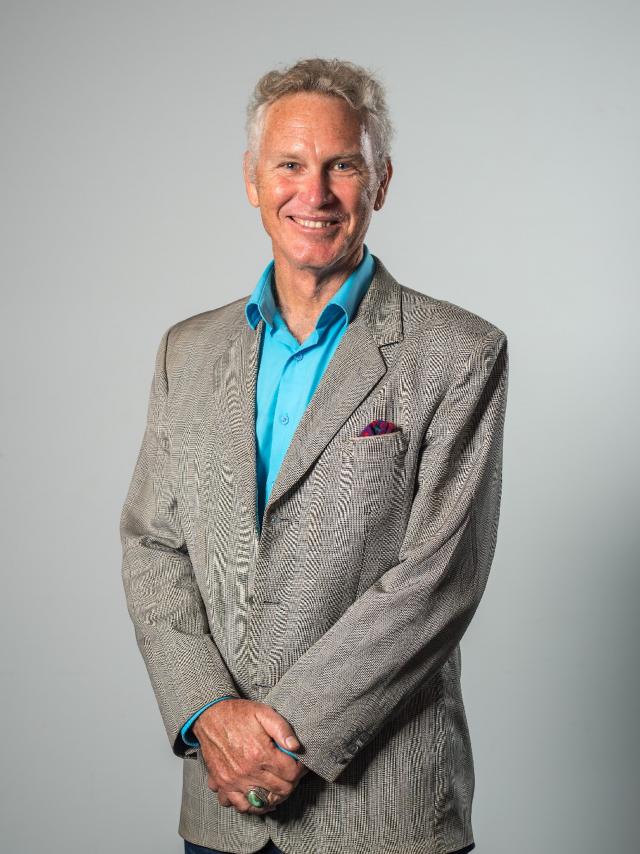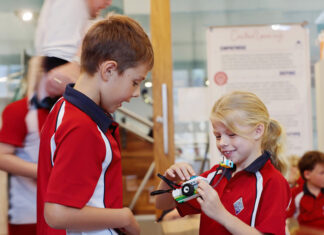It’s been just over a year since this council was sworn in.
Whether it be pushing back against over-scale development, changing the planning scheme to enable more available and affordable housing, taking the time to get the Noosaville Foreshore Master Plan right, moving against illegal camping in our public spaces, preparing for a cyclone or tracking down unregistered short-term accommodation properties, these actions have been driven by one key priority — Respect for our residents and natural assets.
The challenge has always been to retain this focus amid ever-increasing development and cost of living pressures.
The most significant threat of over-development surfaced last year when the previous state government brought in laws that could see apartment blocks of any height built on any site in Noosa.
This State Facilitated Development (SFD) process bypassed council’s planning laws if the development contained 15 per cent of affordable units.
The definition of affordable under this bill included units under $800,000, not just the council’s planning definition of rent costing no more than 30 per cent of low to moderate wage earners’ household income.
This skyline-changing threat to Noosa’s liveability was averted when we gained a commitment from Deputy Premier Jarrod Bleijie that all SFD developments must comply with the Noosa Planning Scheme and its amendments.
The goal of Noosa Planning scheme changes and the introduction of Queensland’s first and only Short-Term Letting local law is the reduction in disturbances to neighbourhood amenity.
The promised review into the Short-Term Letting Local Law has revealed that of the 5200 Noosa properties initially estimated to be STAs, 1200 are exempt under the local law as they were always approved as holiday properties, 3579 have been identified and assessed by the Local Law Team and 2991 are now registered. Some 421 properties thought to be operating as STAs were found not to be, 97 applications were refused, 311 approvals were cancelled by owners (often during compliance action) and 130 remain under assessment.
Of the 78 complaints to the hotline made in the past year, three were not responded to by managers to in the stipulated 30-minute time frame. Fines of $806 were issued in each case.
Just over 88 per cent of STAs have received no complaints. Three per cent have received more than three. Complaints have fallen from 592 in 2023 to 266 in 2024.
There’s more work to be done in this field and recommendations from the review include more focused action and audits on the problem properties.
The protection of residents’ interests and our environment also lies at the heart of the Destination Management Plan (DMP)
The DMP’s first round of consultation identified traffic congestion, environmental protection, managing visitor numbers and short-term accommodation plus a review of the governance of the destination marketing body Tourism Noosa and its relationship to Noosa Council as key themes.
DMP phase 2 consultation is scheduled to take place shortly and will propose key actions to address these impacts on residents’ lifestyle and environment.
Any Tourism Noosa reform was intended to take place after consultation so that alternate function, form and funding sources could be robustly investigated.
Recently, the renewal for the Tourism Noosa funding deed, by June 30, 2025, has generated feedback on its future. Some want the funding extended for another two years , some want funding reduced and some want the body defunded immediately.
For the record, I can confirm residential ratepayers are not funding Tourism Noosa.
To give Noosa Council more direct control over Tourism Noosa’s strategic focus in 2021 it abolished the Tourism Levy, which had been applied to all commercial properties to fund the organisation.
The Levy was replaced with an increased rate in the dollar for those same commercial properties.
Total rates generated from these commercial properties in the 22/23 rating year was estimated to return $21.54million.
Part of this $21.54M has been used to fund Tourism Noosa and vast majority of it used for general council services and community infrastructure.
Tourism Noosa’s intended focus has been on attracting the interstate and overseas, so-called high-spending, low-impact, (no-car) visitor through advertising and work with travel agents in northern Europe, North America, New Zealand and interstate capitals like Sydney and Melbourne. These travellers spend an estimated $2000 plus per day and tend not to drive, while the day visitor spends at $120.
Latest Tourism Research data shows numbers of domestic overnight, international overnight and day drive visitors to Noosa are lower than in 2019, but their contribution due in part to longer stays and inflation is at an all-time high.
Work on paid visitor parking and other means of addressing the 50-year-old issue of (mainly day tripper-generated) traffic congestion is underway and sits among the actions connected to the DMP.
The council’s prime focus for the 2032 Olympics has been on securing enduring benefits for residents through upgrades to existing sporting facilities like the Aquatic Centre and perhaps a new stadium with multi-use courts for pickleball, basketball, badminton etc.
Housing options are being increased for residents through planning scheme incentives for smaller units, restrictions on STAs in all residential zones, incentives for private industry to provide genuinely affordable housing, reduced charges for secondary dwellings, partnering with a community housing provider to deliver affordable units, changes to community facilities zones to allow tiny homes and working with the State to provide affordable units in Doonella Street, Tewantin.
The work continues. Thanks to everyone for your feedback and your patience.







